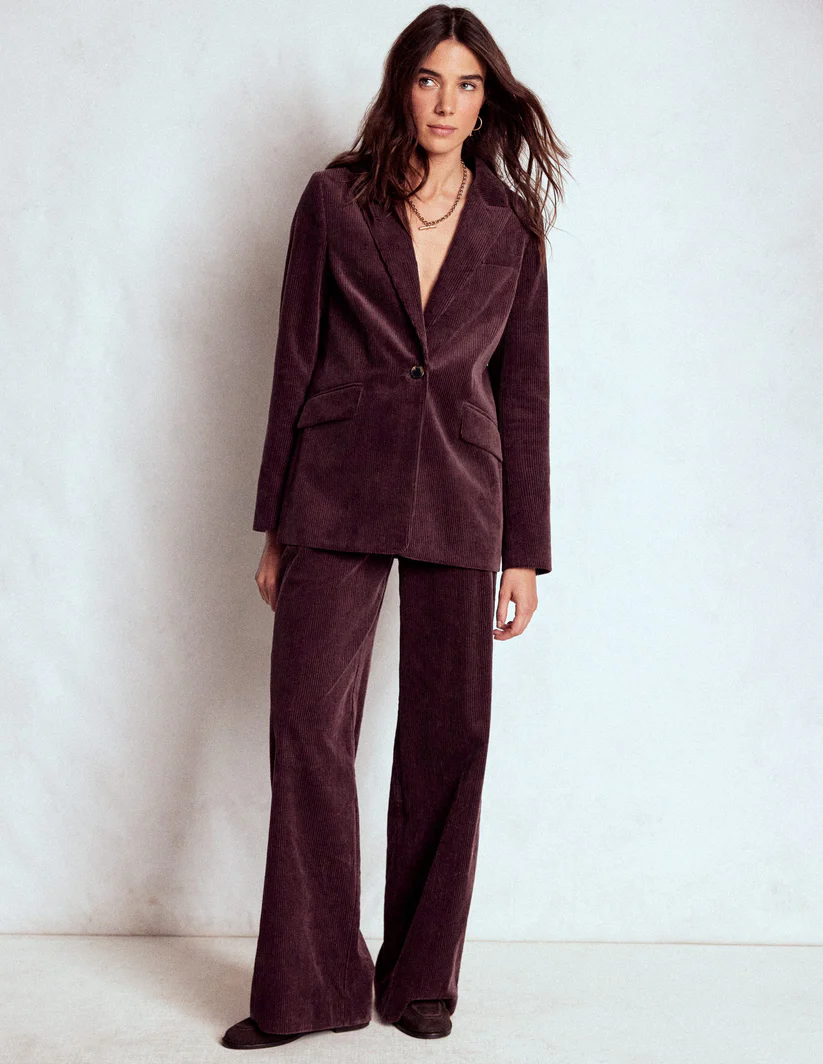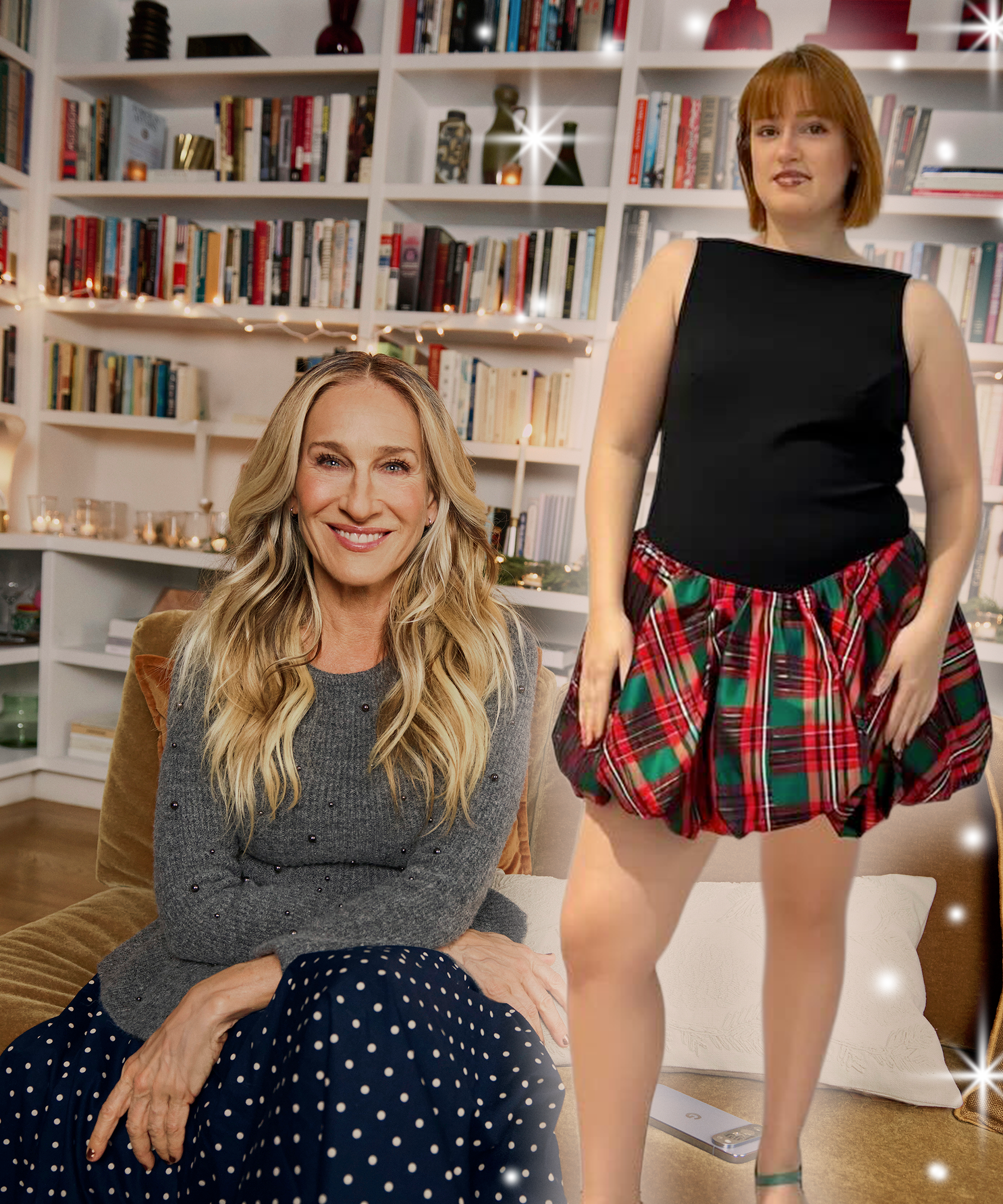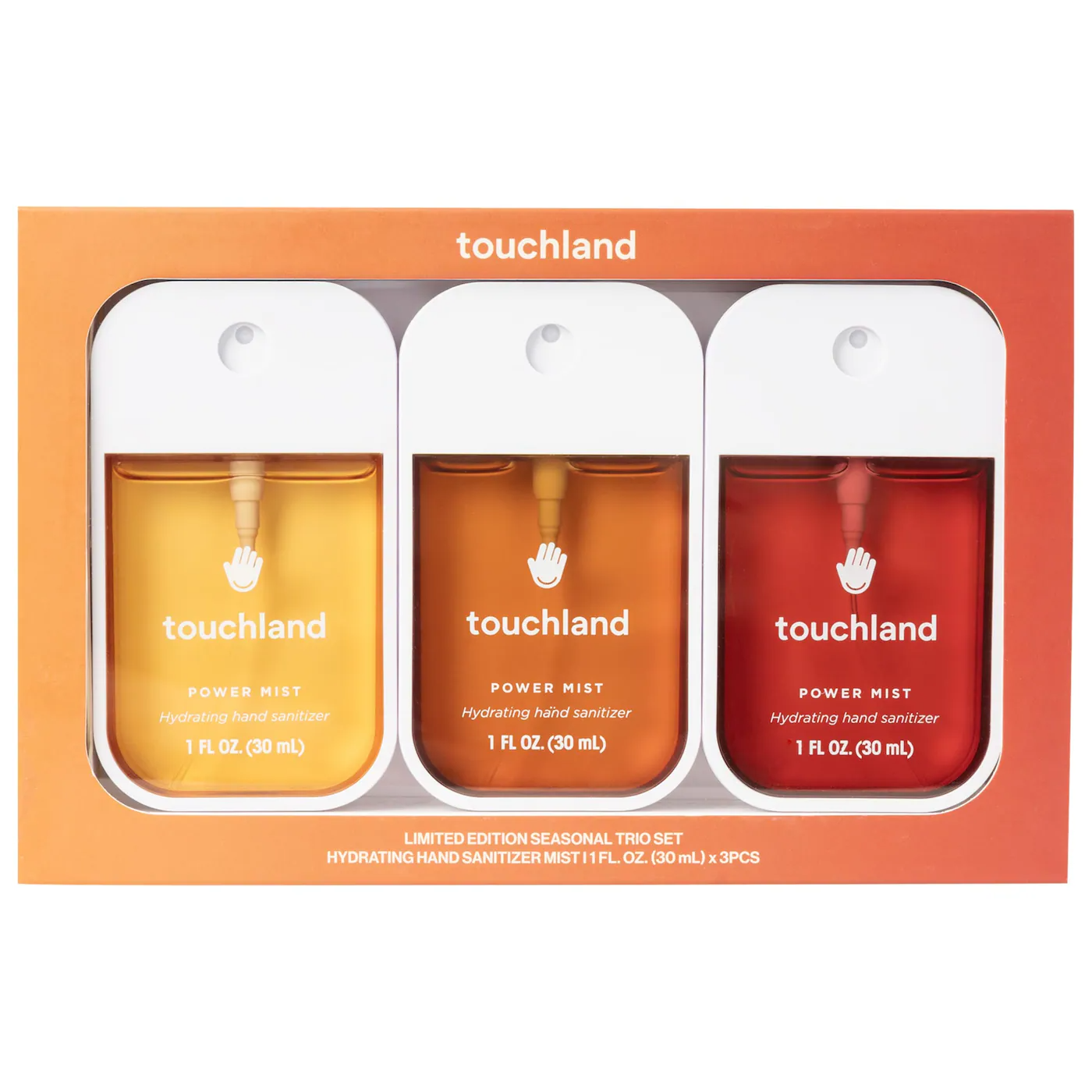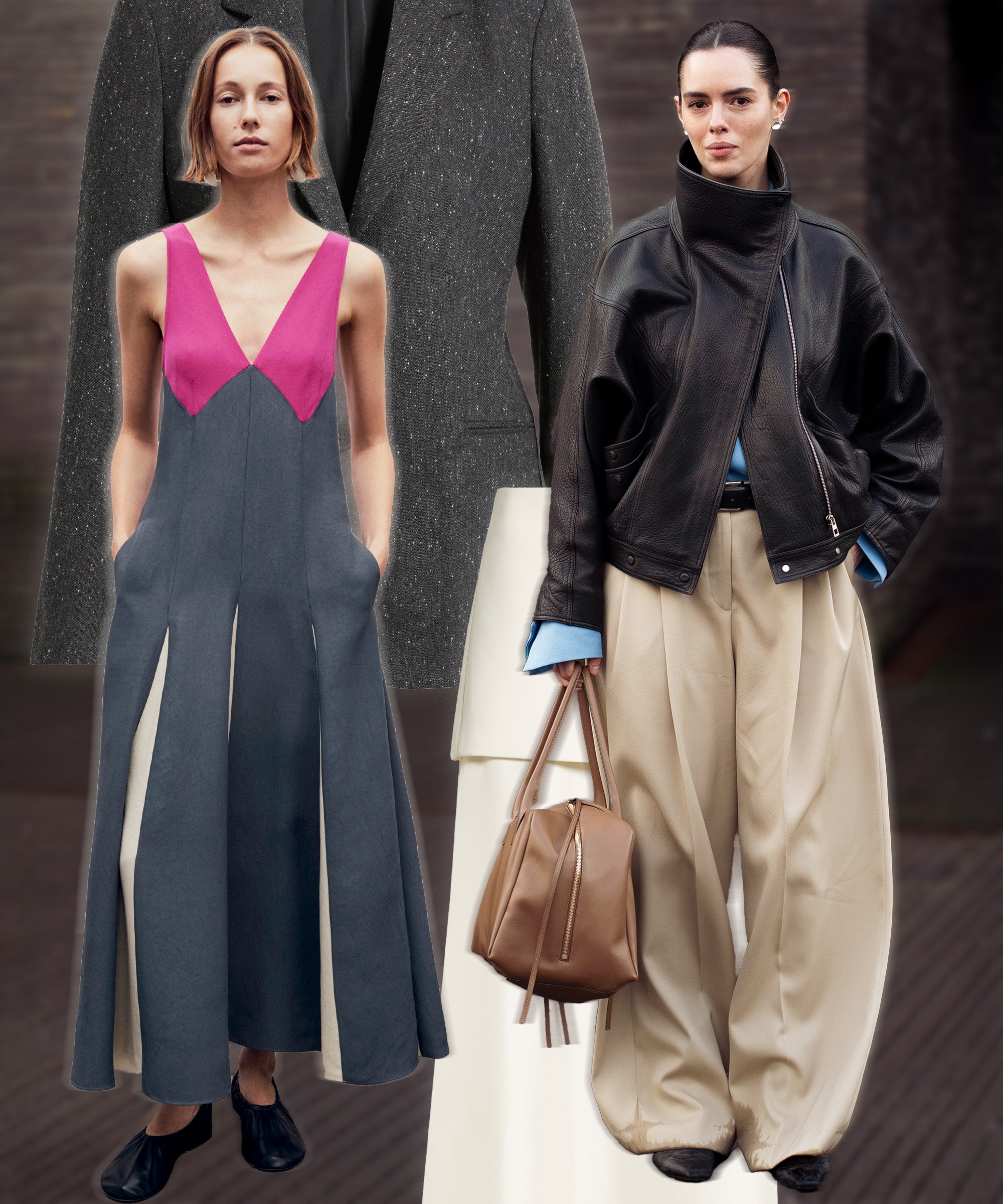
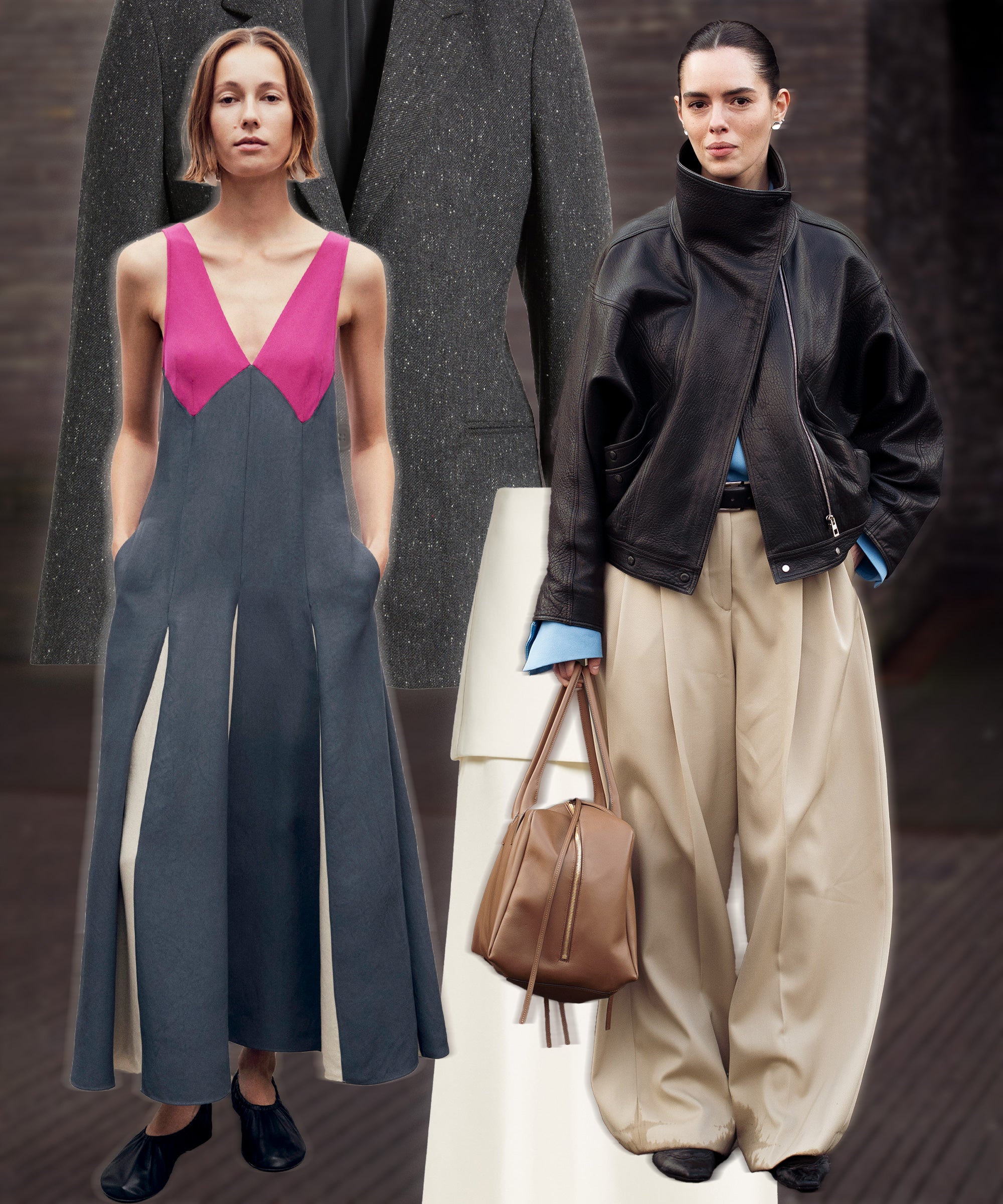
Close your eyes, and think of an outfit that, to you, communicates luxury. It could be a cream crewneck sweater that’s both indulgently cocoon-like and perfectly proportional to your frame, with a well-tailored trouser that makes you feel nine feet tall. Or maybe it’s a crisp button-down that you’ve cuffed just so on your forearm, tucked into high-waisted blue jeans that fit so precisely, it’s like you were sewn into them.
Regardless of what your personal vision is, odds are, what you’re picturing isn’t something particularly novel — it would be categorized as a wardrobe staple, a timeless investment that you wear for a long, long time. Over the past few years, the look has been repackaged and popularized under the label of “quiet luxury,” which, though heavily inspired by traditional (and expensive) luxury fashion brands, has expanded to become a catch-all for classic pieces that can’t be placed in a specific place and time, regardless of price point.
It’s also evolved: According to Linda Cui Zhang, associate fashion director at Nordstrom, it’s gotten softer and more feminine — “the brush sherpas, the cashmere yarns, the wool, and the natural fibers, rendered into flowing shapes, like draped capes, whether it’s on a sweater or a coat, or blouses.”
In terms of brands, The Rows, Khaites, and Totêmes continue to rule this space (and set the standard), but the enduring appeal of this kind of dressing has allowed for a wave of emerging labels known for their craftsmanship to build up their audiences. Many were able to ride the “quiet luxury” wave onto the radars of new shoppers who want to invest in their wardrobes, but don’t necessarily have the budget (or want to spend four figures on a single item). Now, they’re building on that momentum to forge a new lane for themselves.
Zhang highlights Loulou de Saison, Gia Studios, Róhe, and the retailer’s namesake collection as growing players for the Nordstrom shopper. Despite creating riffs on similar pieces, “they all offer a different point of view,” she argues. “Not a lot of customers dress head-to-toe mono-brand. Being able to service them through a very diversified, strong breadth of brands is something we’re very, very focused on.”
Another name reflective of this movement is Maria McManus. The eponymous designer started the brand in 2020 with a simple mission: to make pieces that’ll last a long time and be worn often. The New York-based label’s clothes have an ease to them, with their clean shapes and refined but restrained color palettes that you can envision mixing and matching with other pieces in your closet. They’re those wardrobe building blocks: the trousers that sit right at the waist and lengthen the legs, the blazer that’s oversized without making you feel like you’re a child playing dress-up, the crewneck sweater that feels comforting but looks polished. They’re expensive (prices start at $150 for a T-shirt, and can go up to almost $2,500 for a pair of leather trousers), but McManus says she’s found an audience in people wanting to invest in brands that align with their values, that care equally about what their clothes are made of (and the impact they have on the planet) and their longevity in their wardrobes.
“There’s an ease to the collection that I feel women can come back to,” McManus continues. “It’s unrealistic to think that any woman, in any of the cities we sell to, has only one pair of black trousers. There’s a reality to how we all consume. It would be wonderful if we all bought five items a year, but that’s probably not the reality.”
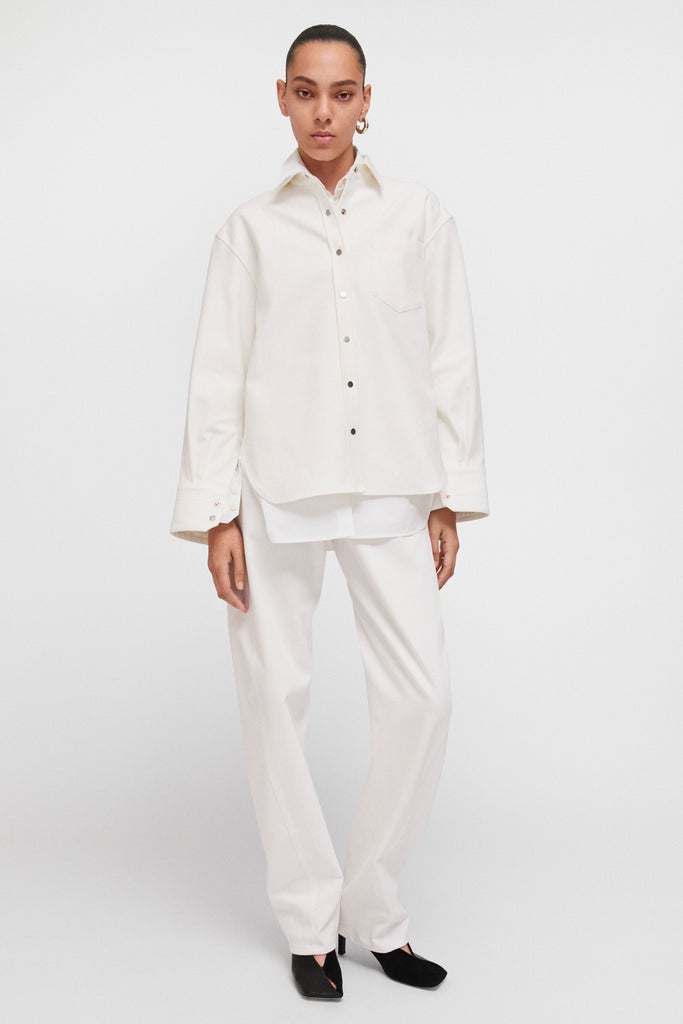
There have also been shifts in how we consume, from people wanting to “buy better and less,” as McManus puts it, or being more mindful of where our money’s going and how much we bring into our lives. Kate Hundley, another New York-based designer working in that realm of luxury, agrees.
“It feels like we’re at an inflection point— there’s so much chaos in the world, it’s natural to, in that moment, evaluate yourself, ‘Who am I? What do I want? How do I want to respond or not respond?’” she says.
Hundley sees a response to the dominance of quiet luxury brewing, one that adds a personal touch to the tried-and-true essentials we’ve accumulated. “What’s something accessible that I understand quickly but feels personal to me, that says something about who I think I am?” she asks. These pieces are “specific enough to be recognizable” — a leather biker jacket with “a slightly weird proportion,” like her Eloise, or a leather tote bag with an elegant monochromatic patchwork motif like her Fiona, or a button-down shirt with a sporting lacy detail on the front.

Zhang has noticed that desire in the retailer’s customer base. “A lot of times, they’re looking for a blazer — that’s their end use — and it’s those interesting twists, whether it’s a twist on fabrication or the lapel might be different or the shoulder’s curved, [that stand out].” It’s what’s according to her also led to the recent growth in accessories, such as statement jewelry and bag charms. Zhang adds that the appeal of the pared-back look lies in how it puts the emphasis on the person, rather than the clothes: “It acts as a canvas to showcase individuality. A lot of the time, those small details they choose to add into their wardrobe are what makes their personality shine through.”
It also creates a point of connection. “People I know miss having that conversation around fashion and what someone’s wearing,” Hundley suggests. “It’s such an easy way to talk to somebody. You walk into a cocktail, and you don’t know anybody, [and you say,]‘Oh my god, I love your shoe. Where is that from?’”
It’s unrealistic to think that any woman, in any of the cities we sell to, has only one pair of black trousers. There’s a reality to how we all consume. It would be wonderful if we all bought five items a year, but that’s probably not the reality.
Maria McManus
“Community” is a word that comes up a lot in fashion. It can refer to the people who buy into a brand, the people who subscribe to a subset or subculture, or, in today’s landscape, the people who identify with a trending “-core”. It’s something that McManus considers integral to her brand’s success, but also very much a response to how isolated people have become.
“If you read all the articles right now, we’re lonely people,” she says. “People are searching to identify with something. People need human contact more than they have and more than they know…. People are trying to achieve that in any way they can, and maybe that’s through brands and shopping, feeling part of some community.”
Like what you see? How about some more R29 goodness, right here?
Luxury Fashion Items To Invest In 2025


